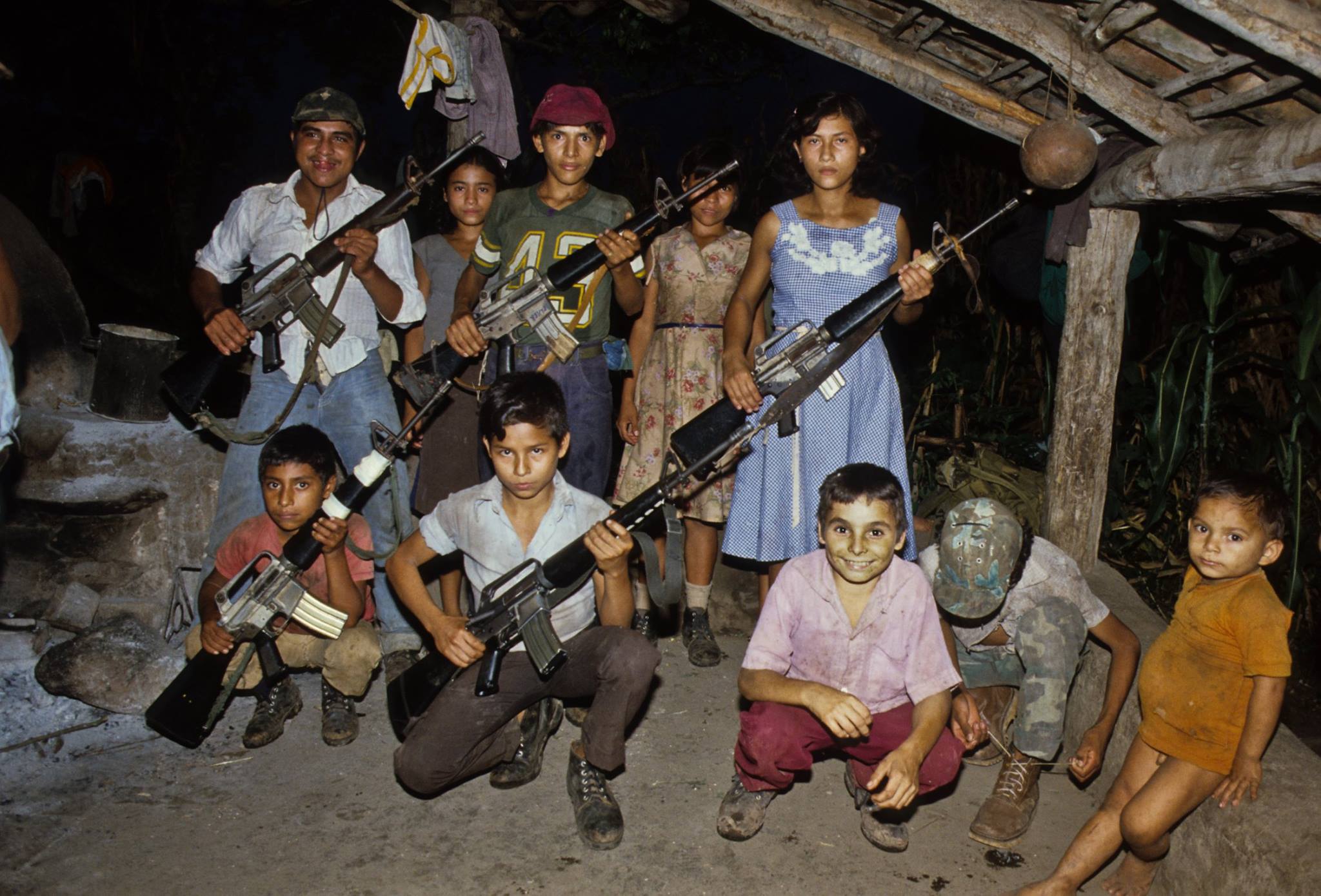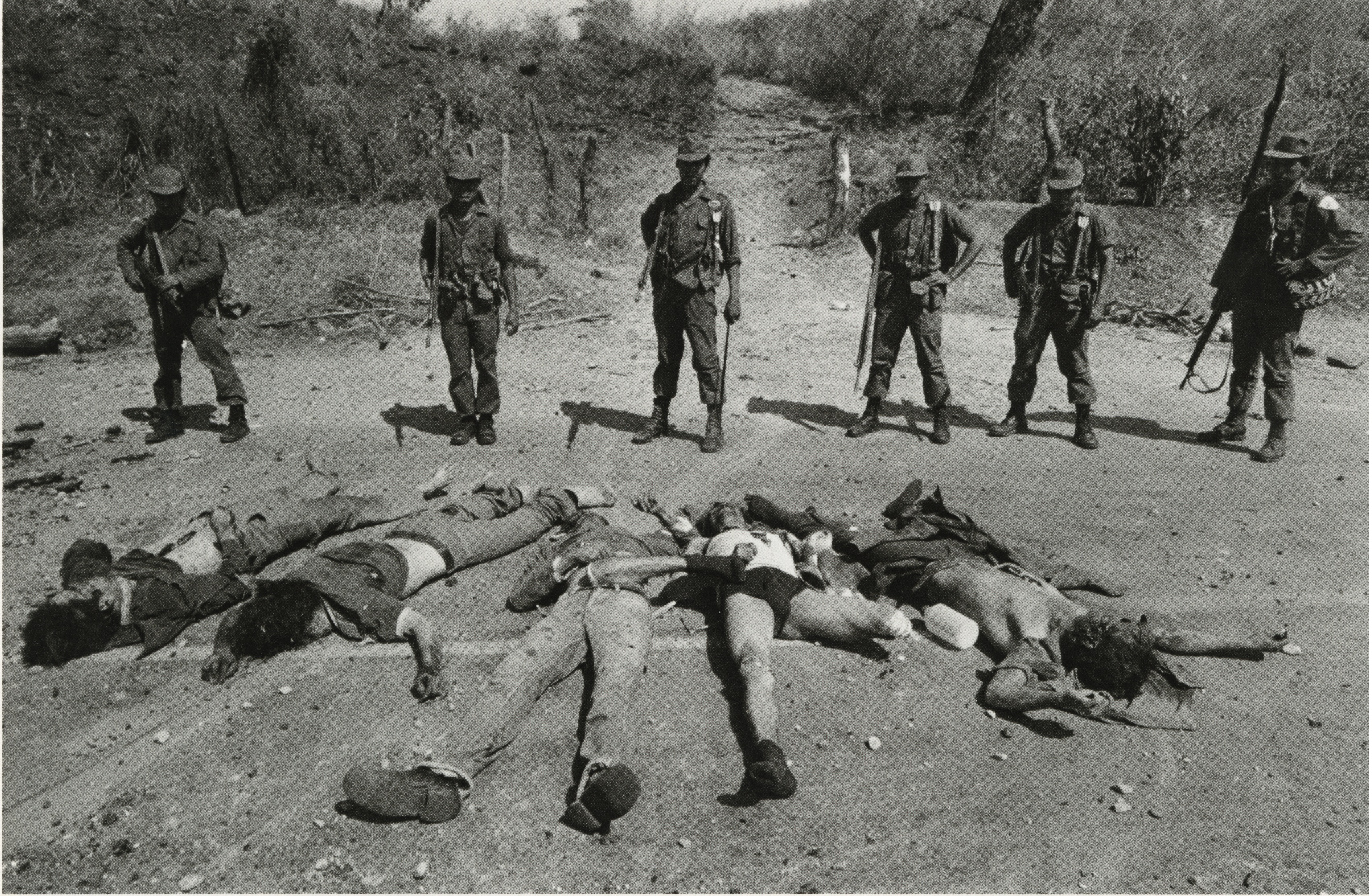EL SALVADOR – Civil War
Introduction
Horrendous Civil war in El Salvador between military-led government and the FMLN that took place between 1979 and 1992, posed a huge human rights challenge for the United Sates. Immigration to safe heavens began to markedly increase in the 80s and soon became an iconic case in terms of US immigration policy.
We can trace the “Movimiento Santuario” to those years, with its epicenter in Arizona, as one of the most representative examples of domestic struggle between immigration laws enforcement and human rights defense with all its possible social and political ramifications.
The Full Story
El Salvador is one of the smallest countries of Central America with a population of approximately six million people. In the year 1980, El Salvador suffered from a bloody and long lasting war which lasted for a 12 year period. This war caused the deaths of 75,000 people and many innocent people were separated from their families. Many of the killed were innocent children and mothers. This war was fought between the Salvadoran government and FMLN which was a left wing group that was composed of guerillas. The National Guard which was the Salvadoran military was one of the most feared militaries and responsible for the deaths of many innocent individuals including Monsignor Romero who was an archbishop that was politically active and would tell the U.S not to help the El Salvador’s government. They were also responsible for the deaths of the four American churchwomen.


In 1979 the reformist Revolutionary Government had taken power. Both the extreme right and the extreme left were in disagreement with the government and increased political violence quickly turned into a civil war. The initially poorly trained Salvadoran Armed Forces (ESAF) also engaged in repression and indiscriminate killings, the most notorious of which was the El Mozote massacre in December 1981. The United States supported the government, Cuba and other Communist states supported the insurgents organized as the Farabundo Martí National Liberation Front (FMLN). The Chapultepec Peace Accords marked the end of the war in 1992, and FMLN became one of the major political parties.
The initially poorly trained Salvadoran Armed Forces (ESAF) also engaged in repression and indiscriminate killings, the most notorious of which was the El Mozote massacre in December 1981.
The population of Salvadorans in the United States increased dramatically during the late 1970s and early 1980s in response to the repression and violence associated with the onset of civil war. Vastly unequal land holdings and a growing surplus labor force prompted a struggle for land rights and resources that quickly spread throughout the country.
The trickle of migrants northwards and to neighboring countries soon became a torrent as families fled the conflict, most of them traveling overland through Mexico. The majority were from rural communities. Migration peaked in 1982, with an estimated 129,000 individuals recorded leaving the country.
More Data: American Troops on the Ground, Arms Imports, USAid, Military Aid